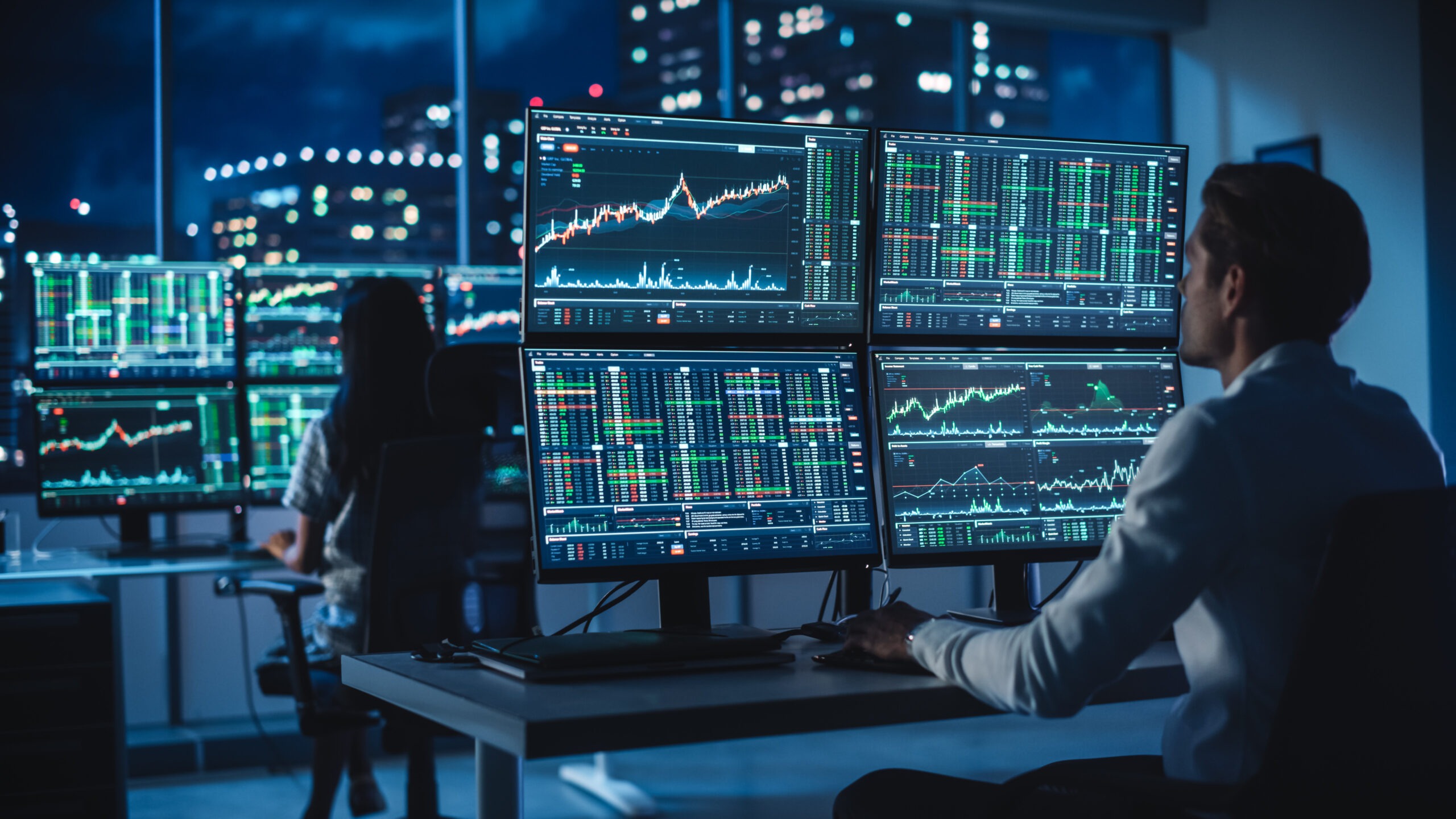There’s no doubt that the current economic climate is prompting a risk averse approach among some investors, especially those with modest capital holdings or a lack of experience in a volatile marketplace.
This may mean eschewing more volatile assets like stock in favor of savings bonds. The latter are considered to be a relatively low-risk investment, as they enable you to target either fixed-rate products or those that can be adjusted for inflation.
However, assets like forex are speculative in nature, while they don’t require you to assume ownership of the underlying financial instrument. As a result, they offer flexibility to traders across the globe, while their innate volatility can be leveraged to achieve short-term gains.
This rule is borne out by some of history’s most successful traders, many of whom have made fortunes by hedging against specific currencies and turning a potential economic crisis into an opportunity. Here’s a breakdown of the world’s most successful FX traders and their greatest achievement!
View here to learn more about forex brokers.
1. George Soros
Let’s start with the infamous George Soros, who remains a world-renowned investor and one who’s incredibly innovative in his approach. He’s also best known for deploying his innate understanding of economic trends to his advantage, usually in search of market inefficiencies that can translate into significant, short-term gains.
Soros also makes use of highly leveraged trades, which deliver optimal returns and ensure that economic trends are exploited to their fullest potential.
Soros shot to fame as a forex trader in 1992, when he earned a staggering profit of more than $1 billion from short selling the British pound against a backdrop of high inflation and interest rates that had peaked above 13%.
At the same time, the UK was participating in the so-called “European Exchange Rate Mechanism” (ERM), which governed currency exchange rates at the time and kept the pound artificially high despite the wider macroeconomic climate in the UK.
Leveraging this insight and fully expecting the UK to withdraw from the ERM and re-establish the pound as a free floating currency, Soros amassed a significant short position against GBP to the tune of $10 or more. Eventually, the pound was withdrawn from the ERM and the value of the currency plummeted, earning Soros a windfall and global acknowledgement as “the man who broke the Bank of England”.
2. Bill Lipschutz
For many, Bill Lipschutz is the Godfather of forex trading, having started out in the financial markets while at University and having accrued a $12,000 inheritance following the death of the grandmother.
Lipschutz quickly began to achieve success and accumulate wealth, and within a few years, he had turned his initial capital holdings into the impressive sum of $250,000.
However, he quickly lost the whole lot following a single wrong decision, and for many, this would have been enough to signal the end of their forex trading journey. Not Lipschutz, however, who continued to trade once graduating from uni and ever joined the prestigious Salomon Brothers as part of a training initiative.
By 1995, he had founded his own ‘Heathersage Capital Management’ firm, which focused on trading G10 currencies exclusively and became renowned for mastering the psychological aspects of FX trading and the understanding of how perceptions can influence price action in a more impactful way than fundamental analysis.
Certainly, Lipschutz’ story is one of hard work, determinism and mental fortitude, and one that all aspiring traders can learn from as they look to forge a viable investment career.
3. Andrew Krieger
Last, but not least, we come to Andrew Krieger, who took a different and more orthodox approach to financial market trading having graduated from the Wharton School of Business and subsequently joined the infamous ‘Bankers Trust’ in 1995.
Krieger is perhaps best-known for his unique trading style, as he adopts an aggressive strategy and one that sets him apart from many of his contemporaries in the world of international FX trading.
This is partially borne out by the regard in which he was held by the Banks Trust, who once gave him a trading limit of $700. Incredibly, this was around 14x the standard trading limit of $50, while it enabled Krieger to achieve sizable profits on behalf of his employers.
On one occasion, Krieger identified the New Zealand dollar as being overvalued in the wake of the Black Monday crash that occurred in October 1987. This had caused most markets to tumble by at least 20% in a relatively short period of time, so Krieger took up a highly leveraged position that shorted the NZD.
This is where Krieger’s aggressive style was laid bare, as the value of his short position was so large that it exceeded the value of the entire monetary supply of New Zealand at the time it was opened.
Like clockwork, the NZ dollar subsequently declined by 5% overnight, and this seemingly small fluctuation in value was enough to net the Bankers Trust a staggering profit of around $300 million.

